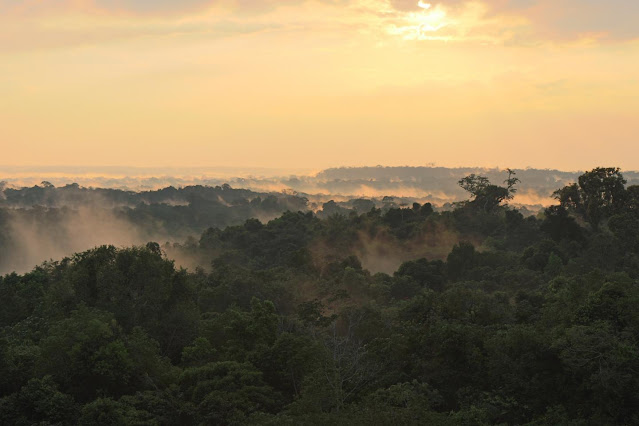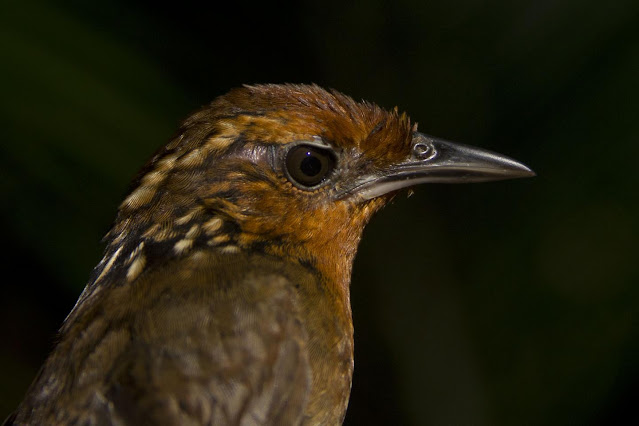Few places on Earth are as rich in biodiversity and removed from human influence as the world's largest rainforest -- the Amazon. Scientists at Louisiana State University (LSU) have been conducting research within the pristine rainforest for decades. However, they began to notice that some of the animals, specifically birds that forage on and near the forest floor, had become very difficult to find.
"What we think is happening is an erosion of biodiversity, a loss of some of the richness in a place where we would hope biodiversity can be maintained," said LSU School of Renewable Natural Resources Professor Philip Stouffer, who is the lead author of a new study published in Ecology Letters.
Stouffer began leading field research deep within the Amazon rainforest, north of Manaus, Brazil, when he was a post-doctoral researcher with the Smithsonian in 1991. With support from the National Science Foundation, he continued to oversee bird monitoring at the Biological Dynamics of Forest Fragments Project until 2016. However, around 2008, he and his graduate students noticed that they could seldom find some bird species that they had observed in previous years.
Stouffer and his students devised a research plan to collect new data that would be directly comparable to historical samples from the early 1980s. LSU graduate students Vitek Jirinec and Cameron Rutt collaborated with Stouffer to synthesize the results, aided by the computational modeling expertise from co-author LSU Department of Oceanography & Coastal Sciences Assistant Professor Stephen Midway. The team analyzed the vast dataset that spanned more than 35 years and covered 55 sites to investigate what Stouffer and his graduate students had observed in the field.
"It's a very robust dataset from a variety of places collected over many years. It's not just some fluke. It looks like there's a real pattern and it looks like it could be linked to things we know are happening with global climate change that are affecting even this pristine place," Midway said.
This downward trend signals a shifting baseline that could have gone undetected.
"Our nostalgia was correct--certain birds are much less common than they used to be," Stouffer said. "If animal patterns are changing in the absence of landscape change, it signals a sobering warning that simply preserving forests will not maintain rainforest biodiversity."
Winners and losers
In general, the birds that have experienced the most dramatic declines live on or near the forest floor where they forage on arthropods, mostly insects. However, there is some variation among species winners and losers in the rainforest.
For example, the Wing-banded Antbird , or Myrmornis torquata, is one of the species that has declined since the 1980s. It is also one of the species that forages insects on the forest floor by searching under leaves and other debris. Also declining is the Musician Wren , or Cyphorinus arada, a seldom-seen bird with one of the iconic voices of the Amazon.
The scientists also found that frugivores, or birds that also eat fruit, are increasing in abundance. This suggests that omnivorous birds with more flexible diets can adjust to changing environmental conditions.
More research is needed to better understand the hidden losses and shifting baseline that are happening in the Amazon rainforest and other parts of the planet. "The idea that things are changing, even in the most pristine parts of our planet yet we don't even know it, illustrates the need for us to pay more attention," Stouffer said.
Source: Louisiana State University [October 26, 2020]


No comments:
Post a Comment